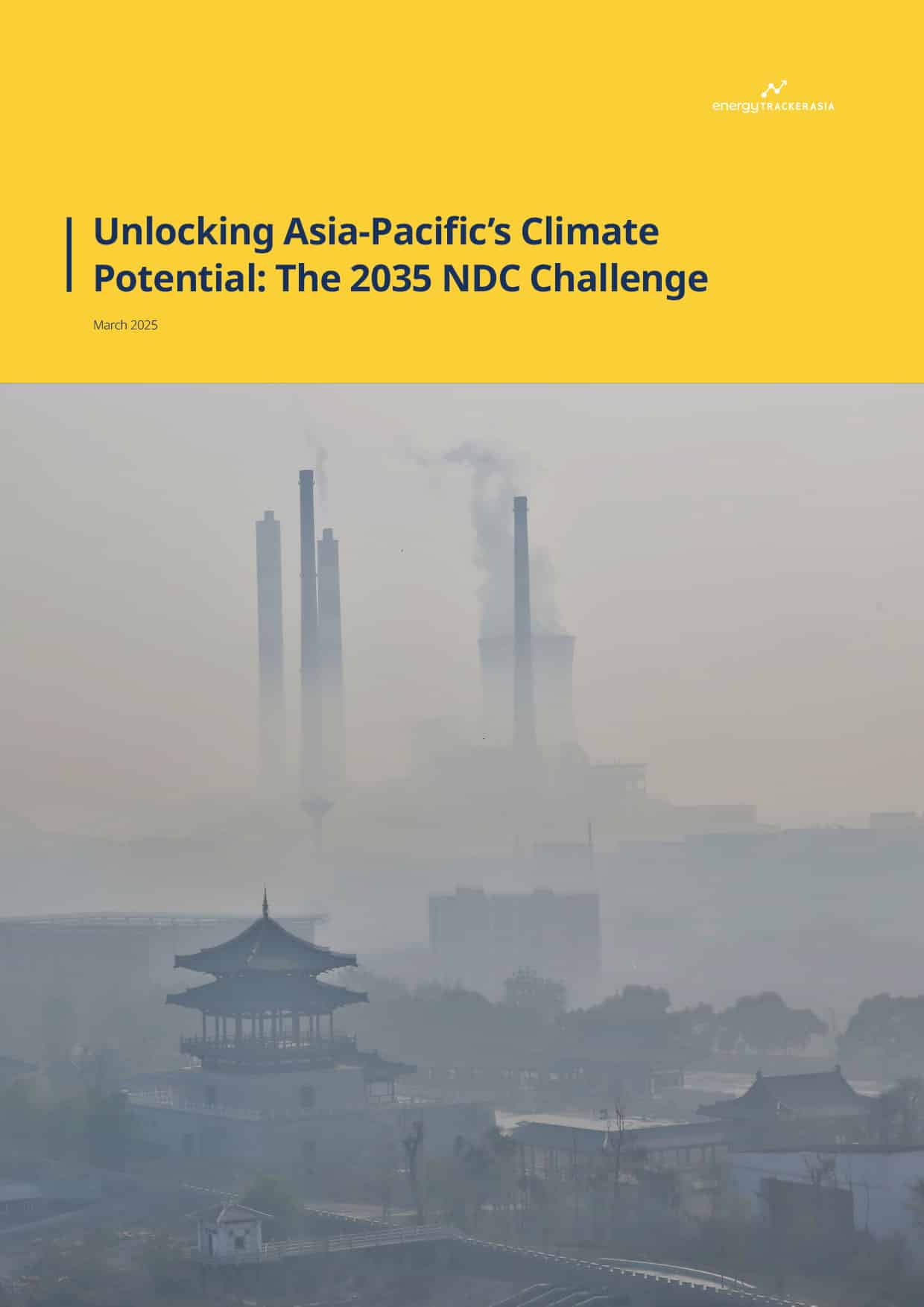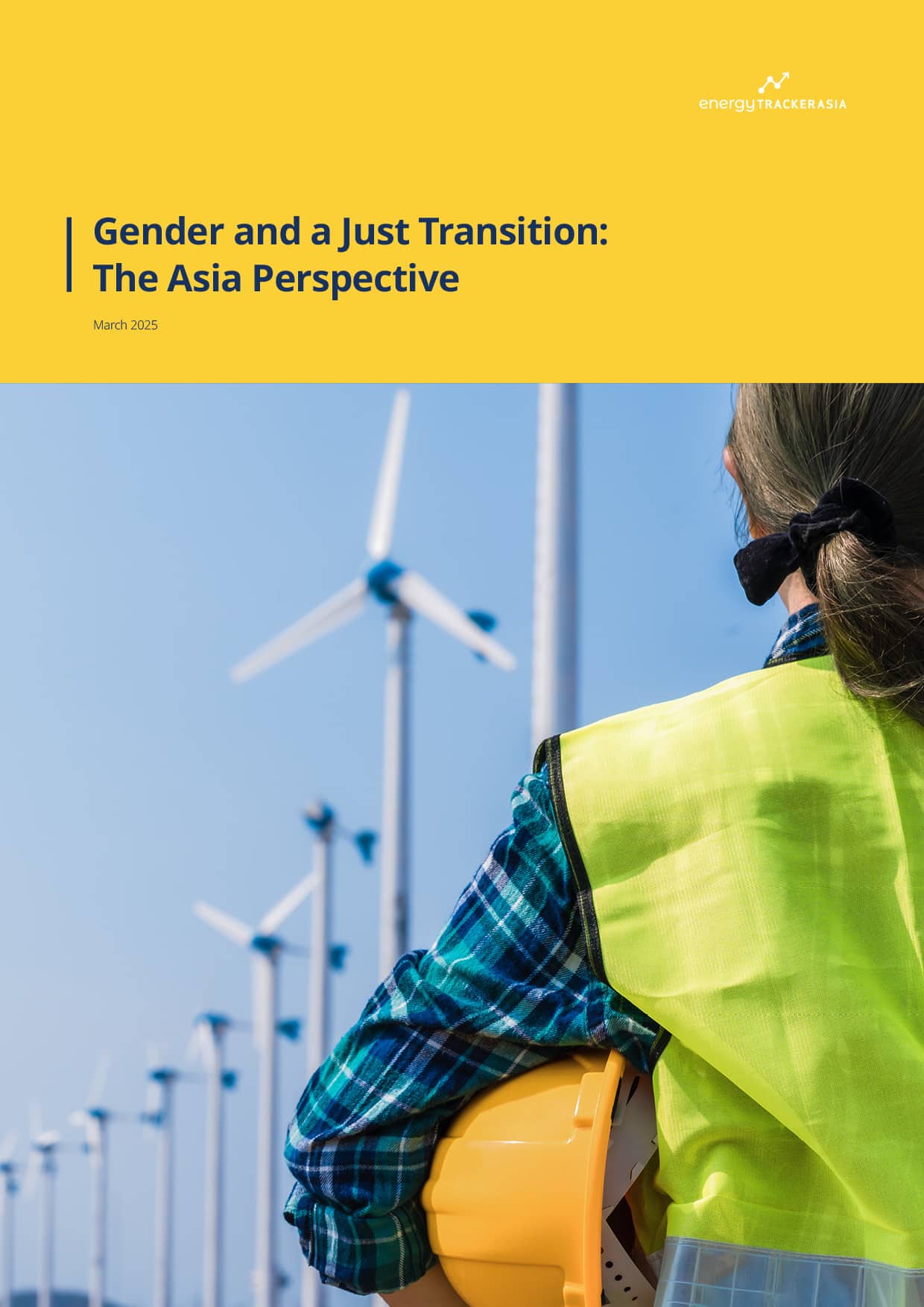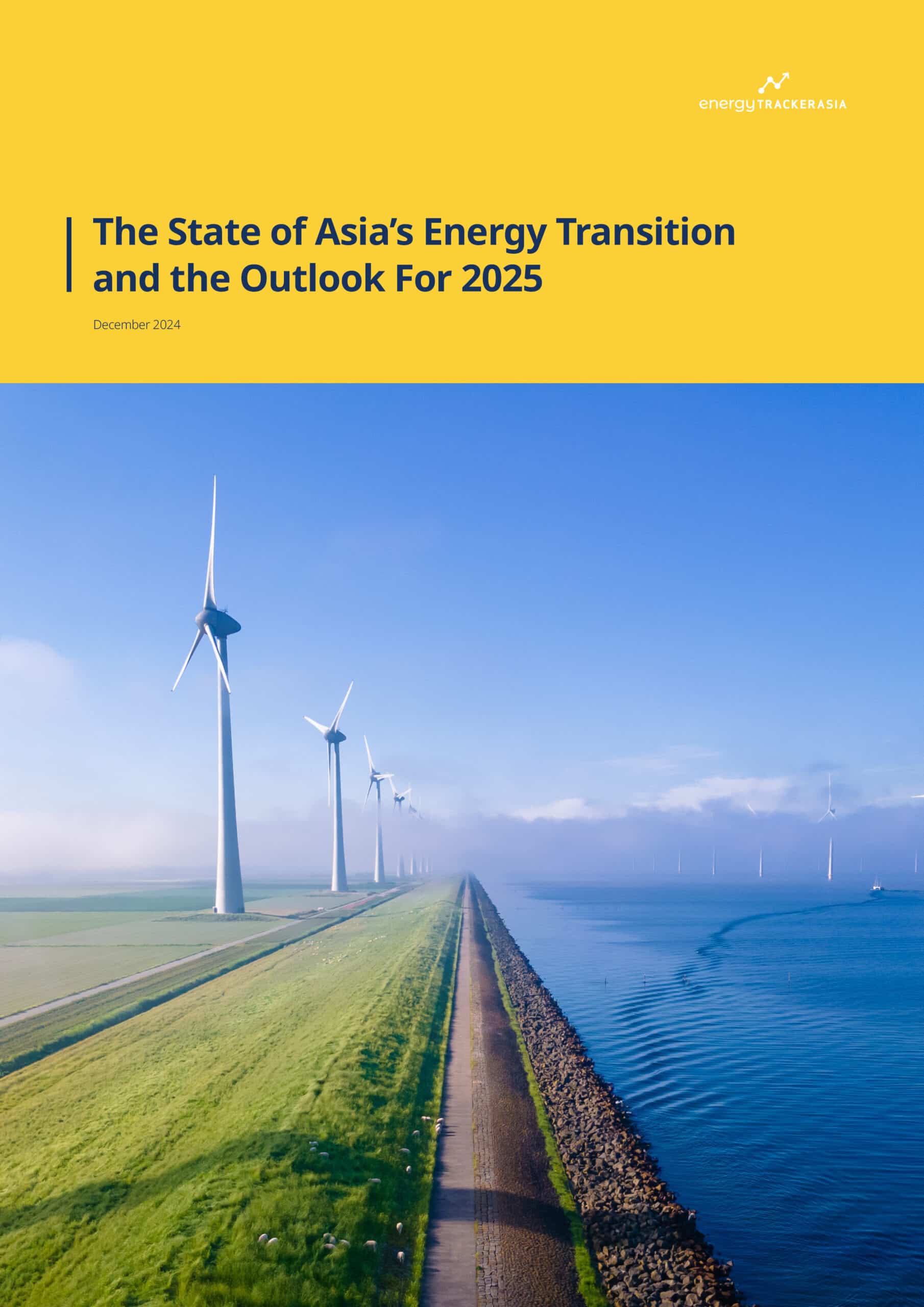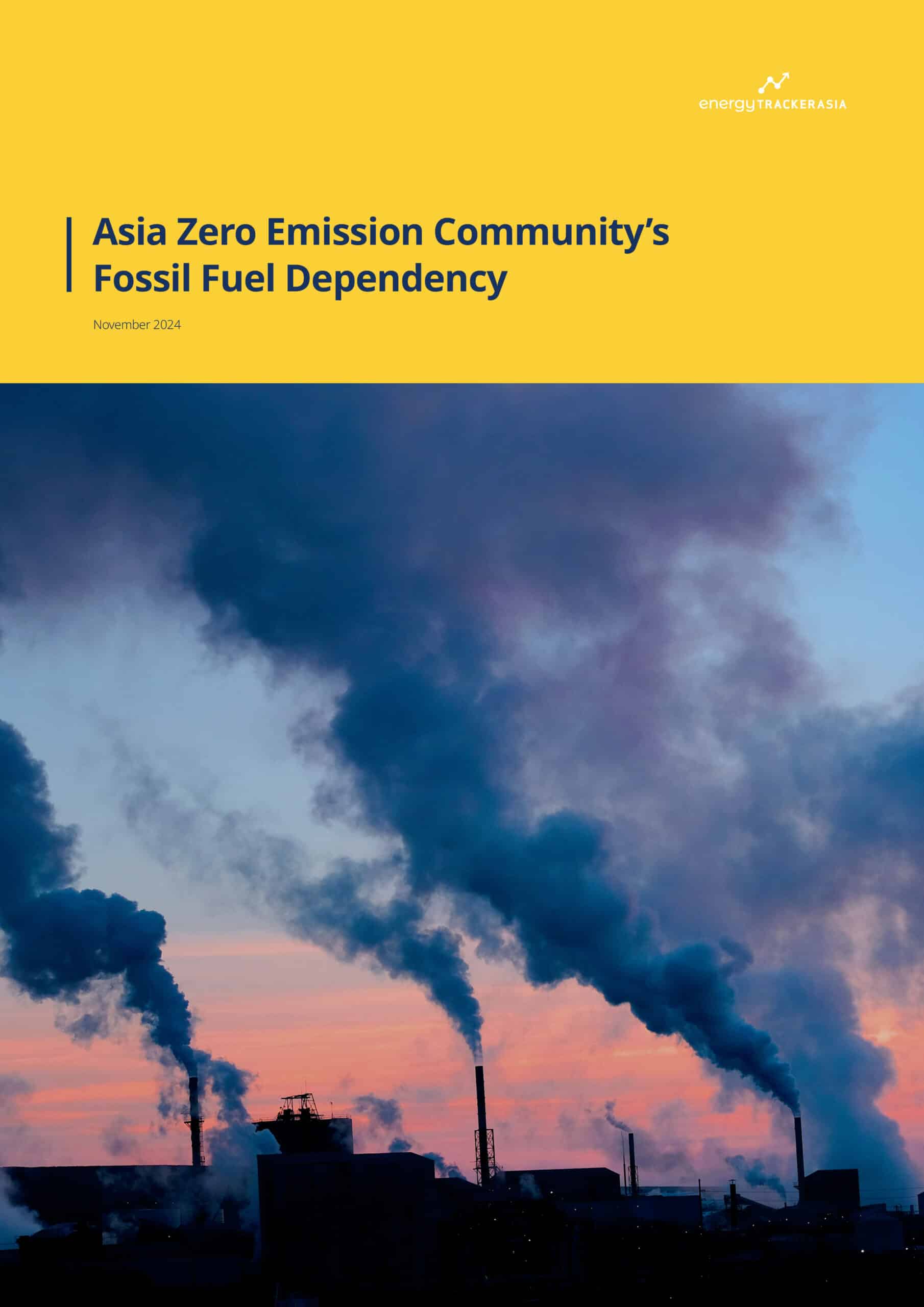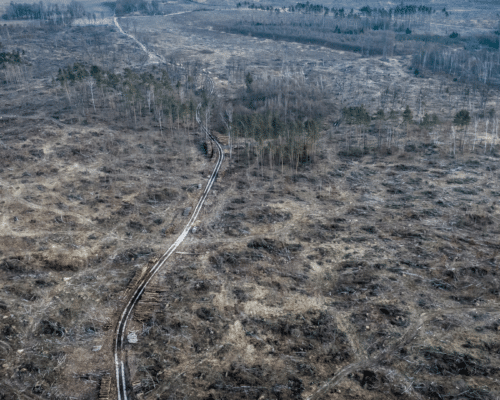After Nuclear, Renewables Can Power an Energy-secure Taiwan
Photo: Shutterstock / Jack Hong
29 September 2025 – by Cheng Cheng Wu and Aiqun Yu
After last month’s defeat of a proposal to revive the country’s last nuclear power plant, Taiwan now has to decide its future energy mix.
But while the country’s headlong push into gas may strengthen its near-term energy supply to meet growing demand, it also heightens national security vulnerabilities and threatens to compromise Taiwan’s long-term climate commitments.
Since President Lai Ching-te took office in 2024, his administration has green-lighted two new liquefied natural gas (LNG) import terminals and is on track to approve a third one. A ten-year deal with the controversial Alaska LNG terminal to import six million tonnes of gas annually is also under negotiation.
With two LNG terminals now operating, Taiwan is starting construction on or expanding capacity at two other terminals, and four more are seeking government permits. If all projects move forward, they will be collectively capable of importing 49 million tonnes of gas annually — nearly double Taiwan’s gas consumption in 2024.
Arguably, the biggest threat to doubling down on imported gas is the security of supplies. In recent years, China has intensified military exercises in the Taiwan Strait, with some drills appearing to target LNG terminals. A Chinese military magazine has stated that China could debilitate Taiwan by blocking these ships and thereby “win without fighting.” As of 2024, approximately 95% of Taiwan’s energy relies on shipping channels —with gas making up the majority— that are extremely vulnerable to disruption by China. Whether Taiwan could sustain its energy supply during a Chinese blockade remains a serious concern.
In response to these concerns, the government has pledged to diversify gas import routes and extend emergency gas reserves from seven days to fourteen — by approving additional LNG receiving terminals and storage tanks. Given the seriousness of the threats, continuing to rely so heavily on a single imported fuel source is not a sustainable long-term strategy. The government has yet to present a publicly accessible energy supply plan for different wartime scenarios.
Gas use in Taiwan should decline around 2035 to fulfil the government’s commitment to reach net-zero emissions by 2050. However, the current momentum behind gas infrastructure could easily extend beyond that timeline. With the latest proposed LNG project scheduled for completion by 2031, these facilities risk facing overcapacity almost as soon as they come online.
This mismatch between long-term climate goals and short-term infrastructure expansion raises concerns about stranded assets, fiscal waste, and a possible delay in scaling renewable alternatives.
The long-term gas lock-in also diverts attention from other energy security priorities—such as modernising and reinforcing power grids to be more resilient against disruptions, and expanding energy storage to support a decentralised renewable-based system.
Gas already supplies 42% of Taiwan’s electricity, and the government plans to raise that share to 50% by 2030. Officials argue this is necessary because renewable energy has not yet expanded quickly enough to fill the gap left by the phase-out of coal power, particularly as electricity demand surges—driven largely by the growth of data centres and the semiconductor industry.
Taiwan’s wind and solar share grew from 5% to 12% of the power mix over the past decade. While this is a significant increase, it still falls short of the 20% renewables target by 2025, a goal set in 2016. The shortfall is largely due to the slow pace of land acquisition on an island with limited land resources. Land disputes have frequently emerged during the early siting stages, often due to the absence of inclusive stakeholder engagement. In 2010, for example, an onshore wind project in Miaoli sparked large-scale protests due to poor communication, creating a negative public perception of onshore wind development that persists to this day.
While renewables deployment has faced headwinds, their huge potential cannot be overlooked.
The Taiwan Strait is regarded as one of the world’s most promising offshore wind regions. Taiwan has already brought 2.4 gigawatts of offshore wind online due to its early adoption of a competitive bidding mechanism. Projects currently under construction could double that figure, making Taiwan fourth globally in offshore wind capacity—behind only China, the United States, and the United Kingdom.
Geothermal energy—long overlooked despite an estimated potential of 40 gigawatts—has also gained momentum in the past two years. With its ability to provide continuous baseload power, geothermal is well-suited to replace coal. Solar holds another 40 gigawatts of potential. With a world-leading energy efficiency programme, Taiwan’s non-fossil fuel energy can replace coal in the short term and gas in the long term, helping achieve its 2050 net-zero emissions target.
According to the Taiwan Climate Action Network, if renewable energy scales successfully, the country’s fossil fuel imports could drop from 95% to 90% by 2030 and 60% by 2050. —key to strengthening national energy security.
While a useful bridge until renewables fully scale up, gas cannot be Taiwan’s long-term solution given its vulnerabilities and carbon footprint. Policy reforms and physical infrastructure for the energy transition require time to implement—as does the transformation of the entire energy system. As Taiwan moves from fossil fuels toward renewables, a clear, long-term blueprint is needed to ensure infrastructure is in place when the time comes.
Ultimately, renewables remain Taiwan’s strongest hedge against geopolitical threats and climate risks.
Aiqun Yu is a research analyst with Global Energy Monitor. Based in Switzerland, she focuses on the energy transition in China and other East Asian countries.
Cheng Cheng Wu manages the Global Energy Transition Tracker for Global Energy Monitor. She works with local NGOs on the global energy transition.
About Global Energy Monitor
Global Energy Monitor (GEM) develops and shares information in support of the worldwide movement for clean energy. By studying the evolving international energy landscape and creating databases, reports, and interactive tools that enhance understanding, GEM seeks to build an open guide to the world’s energy system.
Disclaimer: The views and opinions expressed in this article are those of the authors and do not necessarily reflect the official policy or position of Energy Tracker Asia.
